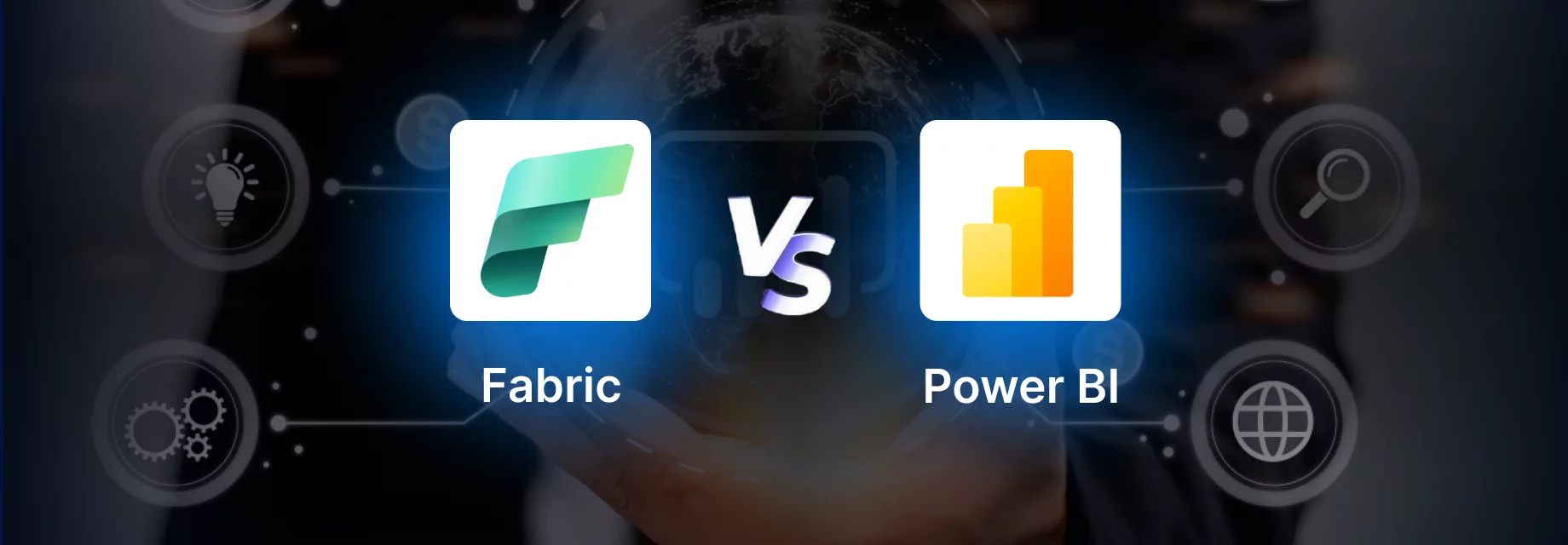Gartner study says that by 2020 more than half of the major new business processes will incorporate some element of IoT. It predicts a thirty-fold increase in internet-connected physical devices- which will significantly alter how the supply chain operates. They are all critical components in supply chains and they’re all facing a fundamental transformation thanks to the Internet of Things.
Why introduce IoT technology to supply chain management?
The chief reason for introducing IoT in supply chain management is the mitigating uncertainty. For e.g. predictions that a consignment would take so-and-so time to reach a destination based on previous reports, compared to real-time, accurate data from the sensors- organizations often use reports that record after-the incident facts and ERP findings as the basis for supply chain decision making.
Regardless, there also have been many in-depth studies that tell that IoT by itself could generate several trillions of dollars of new worldwide revenues over the next ten years.
“IoT allows SCM systems to not excessively worry about minimizing variance, but use it to gain competitive advantage”- Abhimanyu Prabhavalkar, VP, IoT Cloud, Oracle India.
The main drivers of IoT in supply chain management, are the risks in supply chain management relying on manual data –
- Absence of information – It is unfeasible to track every movement of every item across several shops and warehouses manually. It can never be sure if a Stock Keeping Unit is available or not between the moment it was tracked and the moment an employee checks the report.
- The probability of delay and error – manually entered data in spreadsheets have a high possibility of error. Plus, the amount of time taken to extract the data from the various departments, combine and integrate can lead to decisions made on outdated information.
- Lack of identification – It is almost impossible to track the details regarding a particular product within a specific SKU, manually. Like for e.g. a vendor has 100 perishable items, but the manufacturing date for each item is not known- thus, it is not possible to decide which should the vendor sell first.
How does IoT in supply chain work?
Anything in a supply chain can be connected in order to provide supply chain data to the digital systems. Like for e.g. An RFID (Radio Frequency Identification) Tag (microchips carrying encoded digital data about the objects they are attached to) can give you information regarding a product/pallet it is connected to, like item description, part number, batch number etc. The data can be read by a scanner that sends the tag information in a digital format to a computer system for processing.
CASE IN POINT – Intelegain developed a COIL Tracking Application which allows the admin to track the activities in regards to the coils and to trace the tasks assigned of jobs as the “picker” and “dropper” in the system for the workers. The solution offers the needed visibility to the management regarding the work processes involved. The system includes detailed container information – which the assigned picker or dropper can access. After the worker collects and drops the assigned container to its destination – the pick-up and drop in location are captured via RFID scanning. Both the picker and dropper carry out inventory checks. The end-goal of the solution is to provide accurate container delivery details in an efficient manner.
Machines and assembly lines can be equipped with sensors and counters with interfaces that convert from analog on the machine side to the digital on the network side. For monitoring or controlling, machines can be equipped with microchips that receive instructions over IoT for activating different machine functions.
Visibility in the supply chain can be done via GPS, RFID tag and in-vehicle monitoring technologies. This way shipping can be planned and the delivery can be predicted. This is majorly beneficial for temperature- reliant items which can be monitored till the end-delivery point.
The transition of data from one thing to another in the supply chain can move via different routes. Like Industrial networks in factories, the internet or mobile radio networks work as well. Altogether, these make up the Internet of things (IoT). The central data collecting and control systems can be on the premises of the organization that is running the supply chain. Other than that, they can be provided as cloud computing services. The cloud is a centralizing entity- also providing scalability and flexibility as required.
Cloud solutions are especially pertinent when it comes to supply-chains that extended beyond one organization. Upstream – there may be independent suppliers of raw materials and downstream, distribution comprising of shipping and transitional storage may be managed by a third-party logistics (3PL) provider. Furthermore, separate retail-partners may obtain and manage stock and generate product returns. Even the manufacturing stage may include the different organizations- all working in a sequence as a part of the same supply chain. A secure cloud solution will offer the neutral and easily accessible IoT platform needed for all the partners to use together.
There are specialized software solutions in the market nowadays for processing the IIoT (Industrial Internet of Things) and IoT data. They offer the software the material and tools to make the solutions customized for a particular supply chain. For instance, its features can include IT security to avoid data breaches, data-analytics to get actionable insights from the connected things on supply chain and a compliance checker for realizing the fulfillment of data protection regulations.
What elements in the supply chain can you monitor and control with IoT data?
Supply chain data is only useful if it’s actionable. Actions can be taken by a software app that monitors the input from different things then react to it accordingly. RFIDs and IoT transform each segment of the supply chain into a data point which can provide real-time insights regarding the status, condition and location of the item. Altogether, in an IoT powered supply chain, you can keep your eye on these elements –
Elements of the supply chain
- Supplier-side elements
An organization with an agreement with its supplier can use the RFID system at the supplier’s site or agree to get access information from the supplier’s IoT solution. This can give the company real-time data on supplier’s inventory levels, delivery statuses, schedules and routes etc., giving them time to react to the changes in the suppliers’ operations and minimize the risks involved in delays and incomplete orders.
- Inventory levels
RFID tagged inventory materials give warehouse employees the real-time data regarding the statuses, locations and the incoming/outgoing of raw materials and finished products as they move between/within facilities.
- Consignment conditions
In the past, the condition of the goods could only be checked after the delivery. Now, with transportation equipped with temperature controls, vibration and shock sensors, businesses can monitor the condition of the items are they are in transit.
- Delivery conditions
Taking advantage of the data gained from the RFID systems and sensors installed in the transportation that observe delivery conditions, companies make sure of on-time deliveries and the quality of the transported items.
Parameters of the supply chain
- Shelf-Life
Some industries, like for e.g. pharmaceuticals, food and beverage, consumer goods and electronics have sensitive material that requires particular conditions for storage to preserve product quality. If ignored, they can affect the shelf-life of the products immensely. IoT helps manufacturers to monitor the environment influencing the shelf-life of the product by gathering data from temperature controls attached to the interior of the packages. This way, if the sensors detect any deviation from the norm it sends a signal to the warehouse employees, truck drivers and others involved in the supply chain.
- Location
Systems reading the RFID tags attached to consignments send the information to the cloud along with time and location of the reading. Warehouse works can learn about the location of the readers by the tags attached. As they track the tag-data by time, they get to observe the movements of each item in the inventory.
What are the operational efficiencies provided by IoT-powered supply chain?
- Increased visibility of the products
The real-time data provided regarding location, statuses and the flow of the products in the supply chain means that manufacturers can monitor the materials and components from the vendors right up to the moment when the final product gets to the customer.
- Fostering good customer relationship and recognizing good vendors
The supply chain visibility means that companies can tweak their own production schedules- as well as recognize sub-par vendors that may be costing them money. This is a huge motivation for companies to keep an eye on how their vendors are handling the materials they are sending and products after they are made. The high quality of goods naturally means that you have better customer retention and nurturing better relationships with them.
- Forecasting and optimal inventory management
IoT sensors can predict accurate inventory levels than any human. For instance, Amazon uses WiFi robots for QR code scanning on its products in order to track and triage its orders. You can, therefore, track your inventory, including the materials needed to have in stock for future manufacturing, with just pressing a button. With the real-time data about the quantity, movement, location of all items in the inventory, manufacturers reduce the risk of missing deadlines and eliminates the need to keep several weeks of inventory on-hand.
- Efficient waste management
IoT helps to identify and, hence, mitigate several operational activities that give no value including transportation, inventory, waiting, overproduction and over-processing wastes.
- Scheduled Maintenance
Of course, the IoT can also use smart sensors on its manufacturing floors to manage planned and predictive maintenance and prevent down-time that can cost so much.
IoT enabled transformed supply chain- Future horizons
An IoT-enabled transformation is currently focused on improving the tracking and sensing capabilities of the supply chain, affecting both the top line and the bottom line across product categories. While this transformation seems restricted in scope currently- the proliferation of IoT is looming, considering the customer value it can create across the planning and execution functions.










